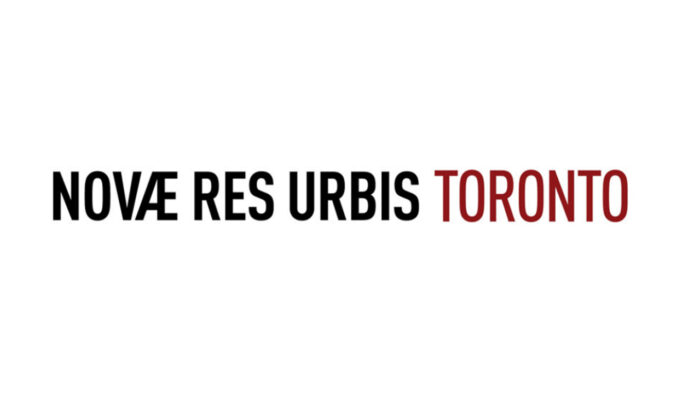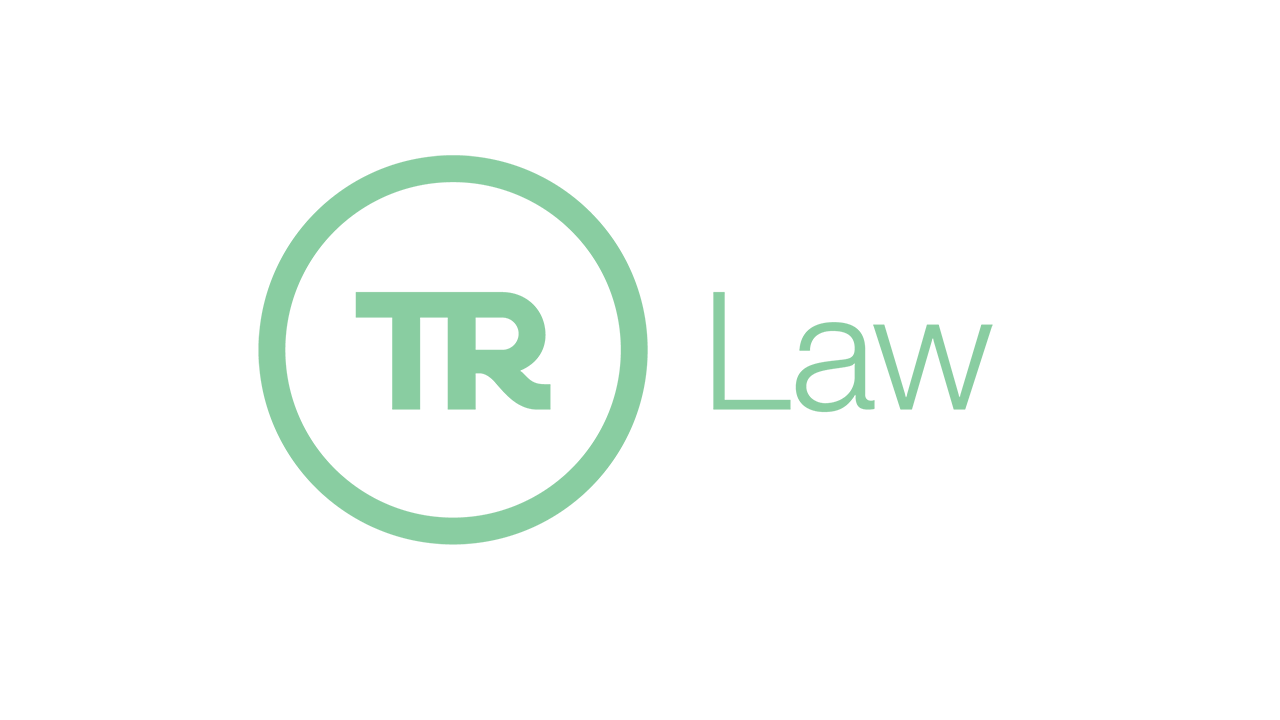Enforcement the Key to the New Lawyer Referral Fee Cap
Author(s): Darcy R. Merkur
April 25, 2017
The long awaited end to excessive lawyer referral fees might finally be here following the decision this week by the Law Society of Ontario to cap referral fees paid to all referring lawyers/paralegals for referral arrangements entered into on or after April 27, 2017.
The proposed cap would be a cap of 15% of the first $50,000 generated in legal fees and 5% thereafter, with a total referral fee cap amount of $25,000.
Now lawyers referring work to other lawyers, like personal injury lawyers, will be forced to focus only on who will help the person the best, rather than who will pay the highest referral fee.
Included in the new rules are transparency provisions designed to expressly include the client in the specifics of the referral fee arrangement. While client consent was always a requirement when referral fees were paid, clients were often kept in the dark on the scope of these arrangements perhaps because the referral fees were paid out of the lawyer’s fees as opposed to out of their compensation. From now on though clients will be included in the discussion so that they can understand why a referral fee is being paid and can make sure they are content with it under the circumstances.
Given that many lawyers have been marketing paying referral fees at amounts and percentages grossly in excess of the proposed cap, it is anticipated that the cap will become the “going rate” that lawyers will pay for referrals.
Whether the referral fee cap will actually deliver on its promise to better protect a client’s interest in obtaining quality representation will depend entirely on how the law society enforces the cap. For the cap to meet its objectives it is absolutely fundamental that the Law Society aggressively punish any conduct whatsoever that violates the spirit of the cap.
Effective implementation of the referral fee cap will be a challenge as innovative lawyers will look for “legitimate” loopholes. It is crucial that the Law Society is not only armed with extensive powers to scrutinize conduct aimed at compensating a referring lawyer at amounts above the cap but harshly punishes all violations.
Some of those anticipated loopholes will include:
- Using co-counsel arrangements as a facade to split fees with referral sources;
- Charging unrelated marketing type fees between referring law firms;
- Paying the referring lawyer for their time to date, above the referral fee; and
- Sending enhanced holiday and other gifts.
For the cap to work lawyers must not fear that others will be allowed to improperly skirt the cap to their financial peril.
If implemented correctly, the cap should serve to encourage those within the legal industry to direct clients to those best suited to help.
See original source as it was posted on April 25, 2017, on The Lawyer’s Daily site: Enforcement the key to a lawyer referral fee cap
Darcy Merkur is a partner at Thomson Rogers in Toronto practising plaintiff’s personal injury litigation, including plaintiff’s motor vehicle litigation. He has been certified as a specialist in civil litigation by the Law Society of Ontario and is the creator of the Ontario Personal Injury Damages Calculator.
Share this







